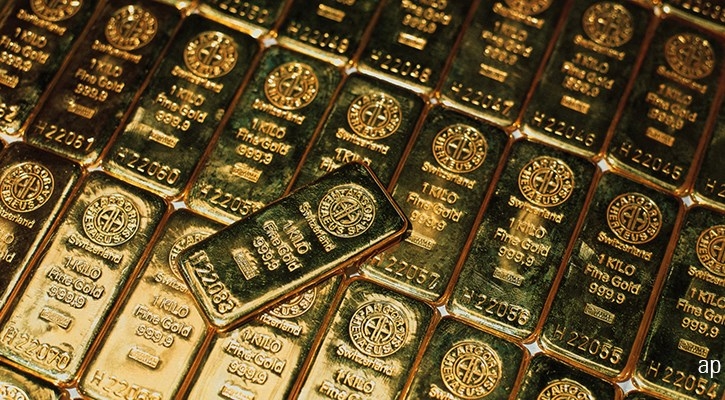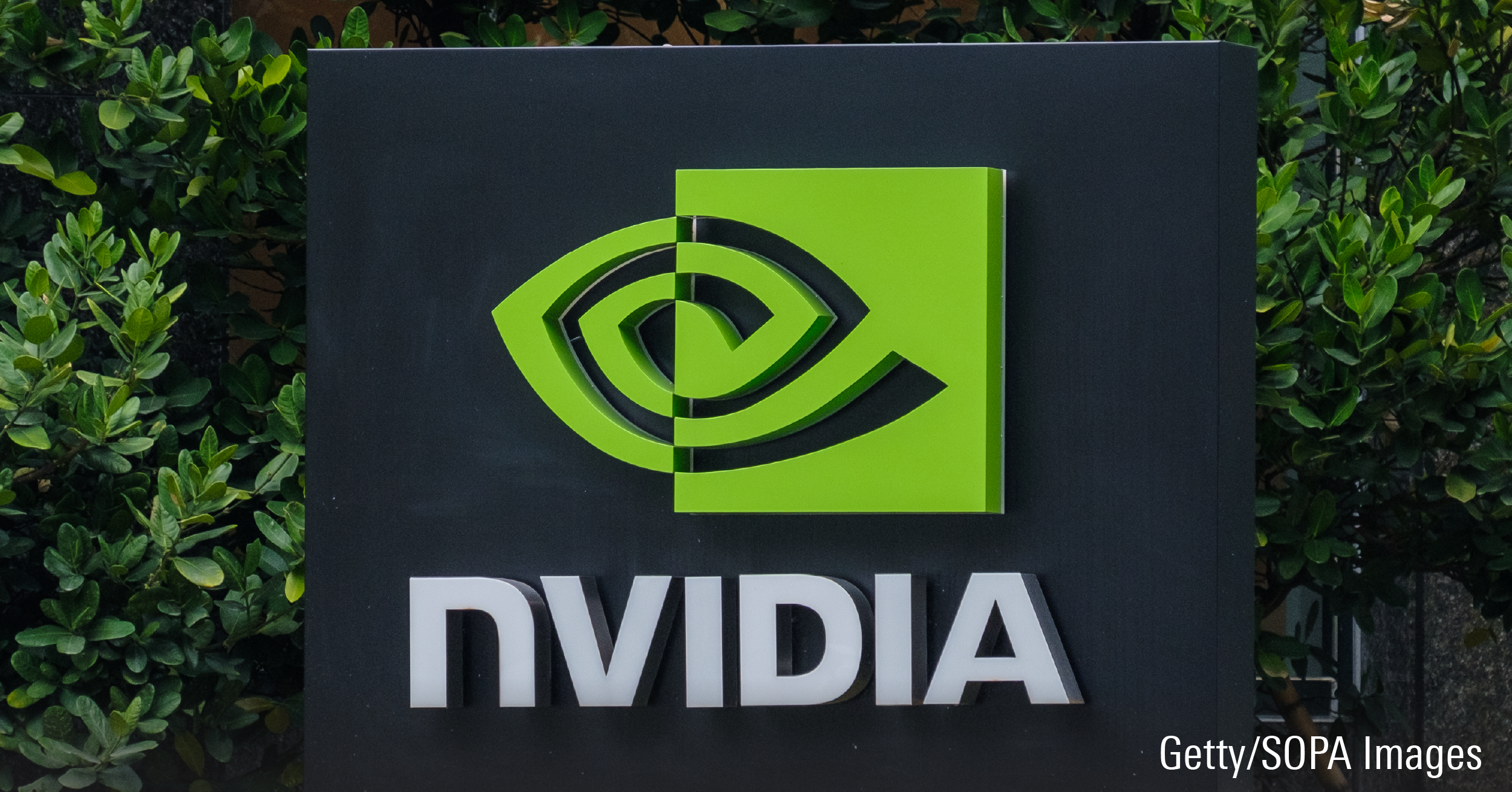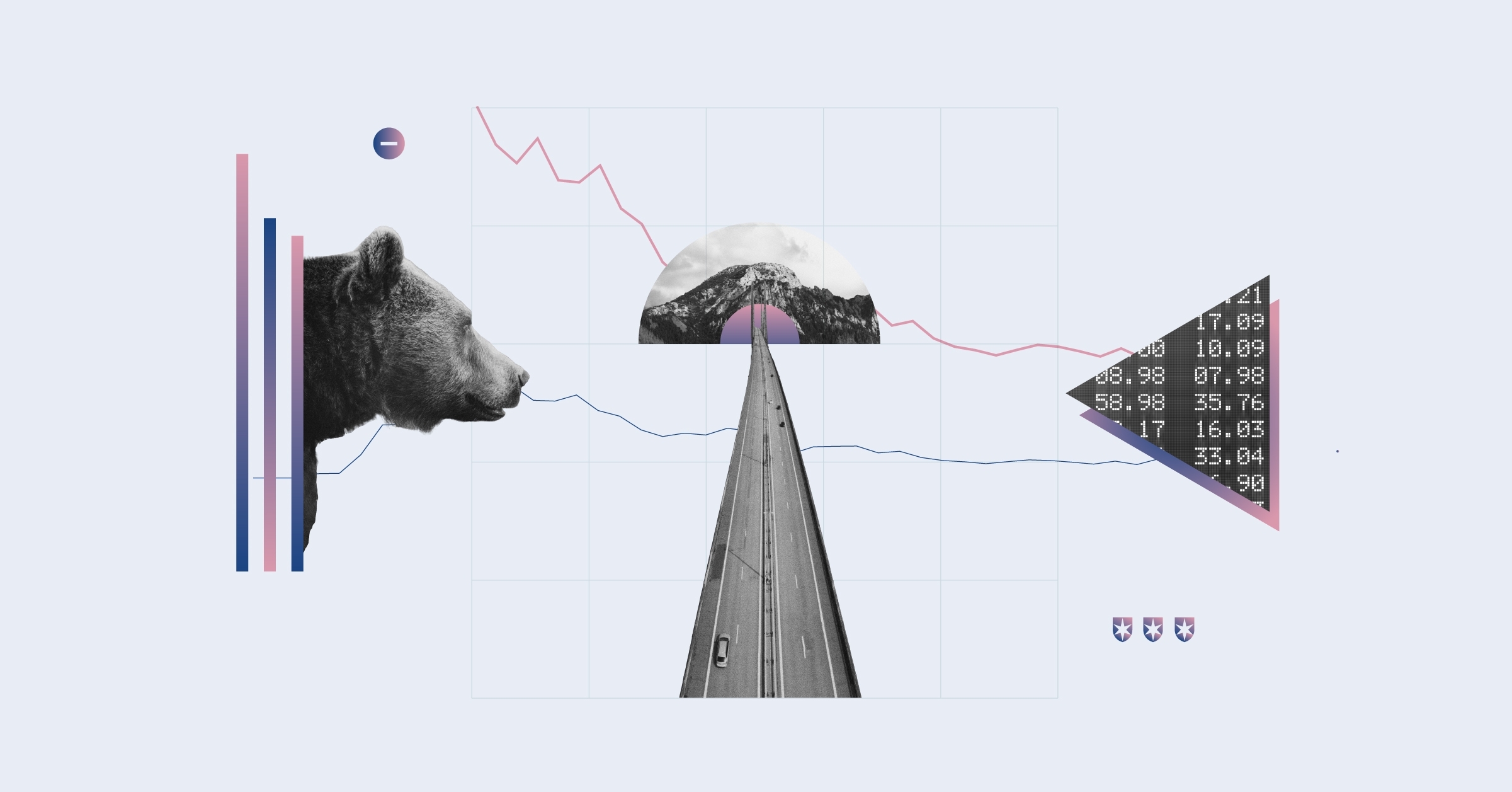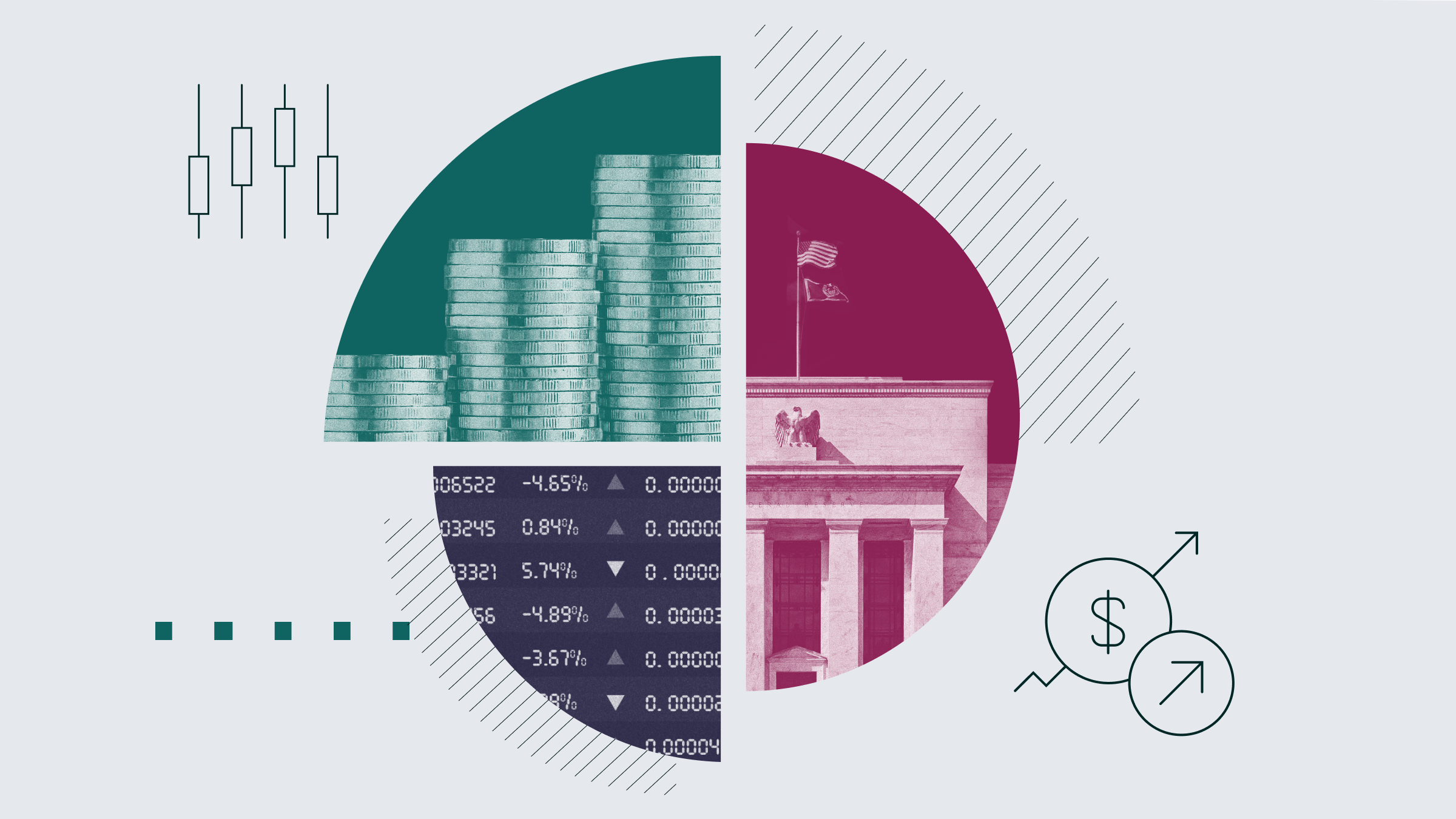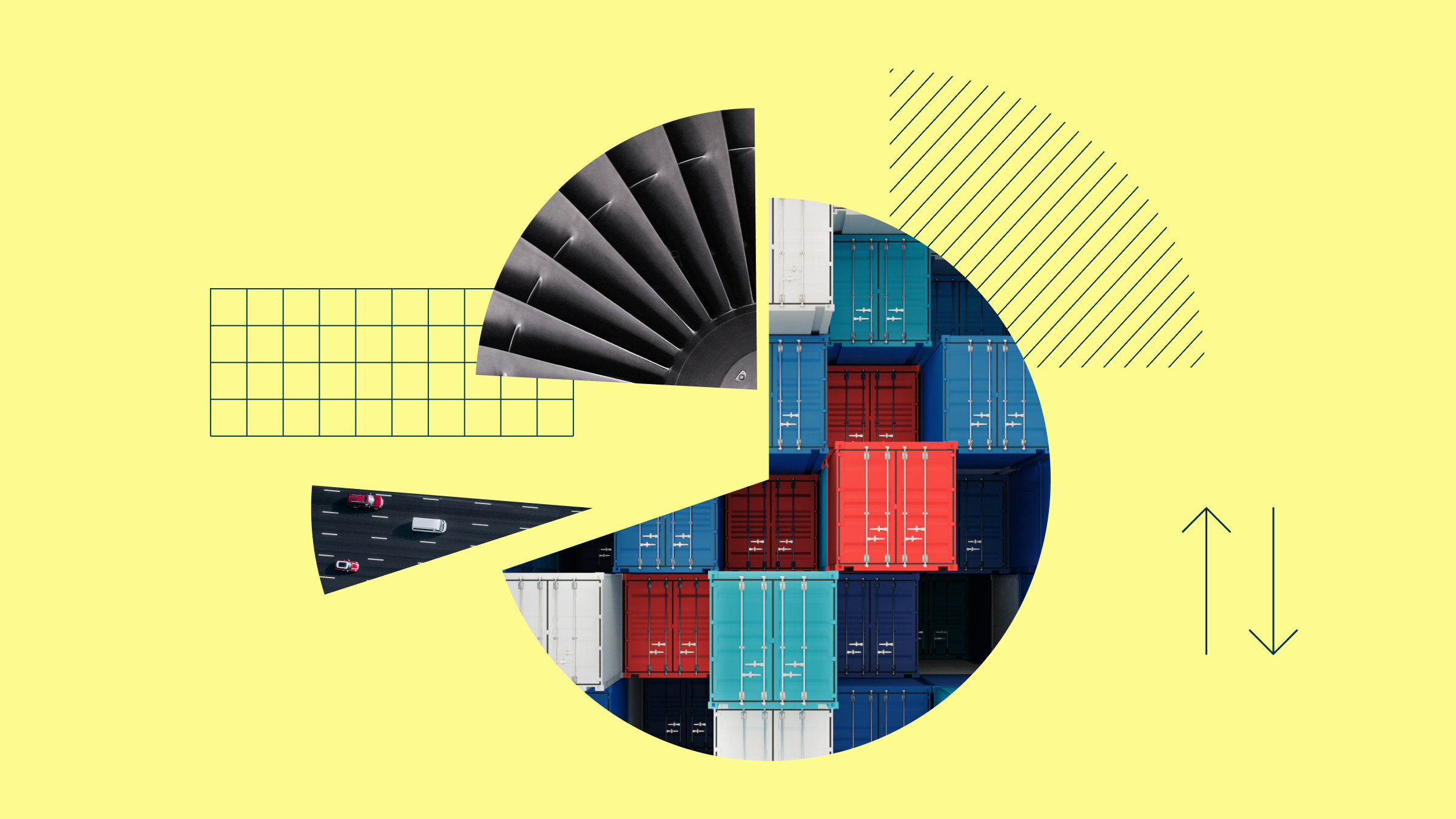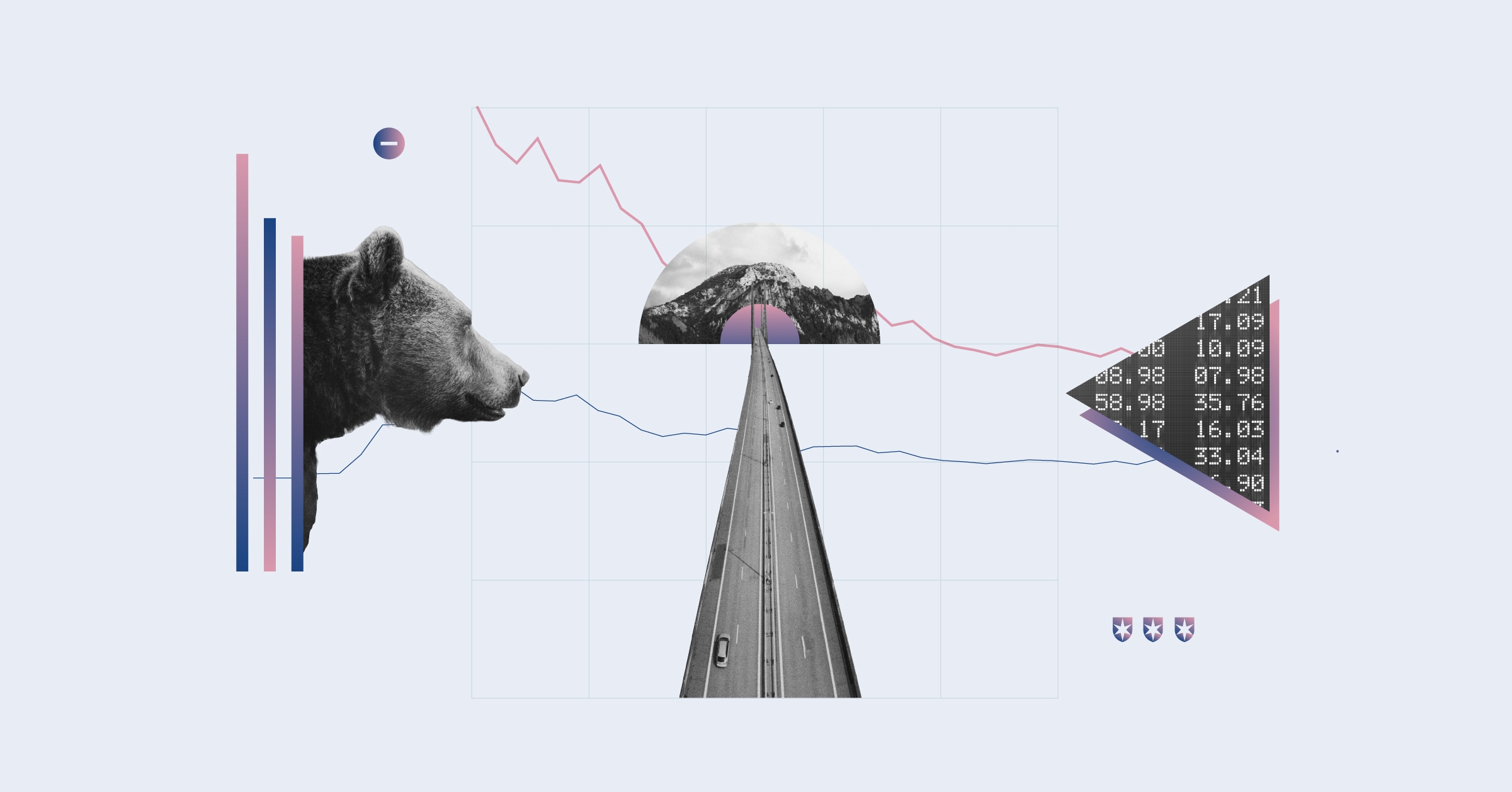Christine Benz: Hi, I'm Christine Benz for Morningstar.com. I recently had the opportunity to sit down with Vanguard founder Jack Bogle. We discussed his return forecasts for the major asset classes. Jack, thank you so much for being here.
Jack Bogle: Always good to be here, an annual occasion, Christine.
Benz: It's an annual privilege for me. Let's talk about your return expectations for stocks and bonds starting with equities. I think you have a really intuitive formula for forecasting equity market returns over the next decade. Let's talk about how you get there and where you arrive.
Bogle: Sure. It's very simple, easy to explain. Everybody knows this, but I don't think anybody else has ever put it down in the way I have. I've been using it for 25 years and it's worked beautifully for the full period. Every once in a while a decade is off by a good bit and then it's made up in the next decade. But it places stock returns into two categories: investment return, that's what you're earning on the stock. That's your dividend yield when you buy in--a crucial number--and the earnings growth that subsequently follows. And the other is speculative return, which is change in valuation of stocks generally, easily measured by the change in the price/earnings multiple. And for example, which happened in the '80s and again in the '90s, the price/earnings multiples roughly doubled twice from 10 to 20, and that doubling is a 7% per year increase in valuation, and it did the same thing the '90s, that's a 7%.
Benz: Sent us into bubble territory at that point.
Bogle: Yeah, it got us into bubble territory. So in those two decades the markets had returns of about 17% a year. But if you had even the most general idea that having gone from 10 to 20 to 40 times earnings, the next decade would have to go to 80 times earnings to continue those returns, you'd realize there was just a lot of air. That's what valuations can get to in bubbles. So, putting all that together, we're looking ahead--we'll deal with stocks here first--we're looking ahead to some challenges compared to what we've had in the past. So, today the dividend yield is 2%, the previous 50-year average or so is like 3.5% dividend yield, and that's a dead-weight loss of 1.5% in return. You can make it up in other places, but you can't make it up there.
Benz: Relative to past history.
Bogle: And the growth in earnings over the past 50 years has been about 6.5%. I don't think it's going to be that high. So I use 5% for earnings growth and that gives me roughly a 7% investment return on stocks. Those are pretty anchored, because we know the dividend yield, and earnings growth is such that you know we could have a 2% earnings growth and we could have a 10%, but we are highly unlikely to have zero and we're highly unlikely have 20%. So there is a sort of centrality to earnings growth. So the problem is in the valuations. And today the stock market is selling at about 23 times earnings and the long-term norm is 17 times earnings, a little bit below that actually. And that would cost you 3% if the market ended this decade--I don't do this for anything but decades; it doesn't work at all year-by-year, but that would mean you'd lose 3% of that return.
Benz: So down to 4%.
Bogle: Down to 4% and…
Benz: Not inflation-adjusted, so add in inflation.
Bogle: We'll get to the deductions in a minute.
Benz: The number is getting skinnier.
Bogle: 4% or it could be around 5%. I don't mean to be too precise. But safe to say in the range of 4% to 5%. And the bond returns, the 10-year Treasury, which is the basic benchmark, is at 1.6%. And I think very few people are going to be satisfied with that. So by going a little longer and a little less in government and federal securities, U.S. government securities, you could probably get 2.5% return without an awful lot of problems. So, you've got that 4% for stocks, 2.5% for bonds. And we'll use a 50-50 portfolio, because it makes the math easier, as around 3%. Am I doing that right? Yeah, around 3% for a balanced portfolio.
Now, that's the good news, if you will. The bad news is, these are market returns and nobody captures the total market return. Even a good index fund, S&P 500, say, or a total bond market, it captures the total return of the market by--the market return itself minus five one hundredths of 1%. That's probably going to be as well as you can do. But just for the fun of it, let's first take inflation out.
Benz: Right.
Bogle: And I think 1.5% to 2% is a reasonable way to look at inflation. We're not even running that high today. So you take that off that, what did we decide--3%, and now you're at 1.5% and that's not a very good--that's not something that's going to make you very happy.
Benz: Right.
Bogle: But the reality, just reality, maybe my view of reality may be wrong, but the reality is, we should be expecting much lower market returns. Now when you take inflation out and get to real returns, then we deal with the fact that nobody gets the market's return. They have costs. In a typical mutual fund, if you look at its expense ratio and add into its transaction costs, its portfolio turnover cost, it's 2% a year. We're now into negative real returns. And so, it suggests--"suggests," he said commercially--that people should be looking to index funds...
Benz: Very low-cost products.
Bogle: ...because you are only losing five one hundredths of 1%. And then you take out of that. There is more to come, unfortunately and that is in the mutual fund field, particularly the actively managed mutual fund fields, you pay unnecessary taxes, capital gains taxes that index funds are not subject to.
Benz: In a taxable account.
Bogle: In a taxable account, not so in a tax-free account, fair enough. And then you have behavior problems, investor behavior, which the record clearly shows, Morningstar clearly shows, costs you 1.5% a year, or the investor return lags the mutual fund's return by 1.5%. And let's put the extra taxes at 0.5%, that's another 2%. So, the message is so obvious. We have managed funds that have much lower expenses than others and much lower turnover costs. But you know I'm not condemning all managed funds.
But I am saying an investor that doesn't look at the difference between the stock and bond market return, nominal, and the stock and bond market return, real, and then look at costs and then look at the unnecessary costs that comes with active management, they are making a big mistake, a very big mistake and a bad mistake because once you compound these kind of numbers, for an investment lifetime, it's dramatic. I mean you probably get 10%--if you are positive, you might get 10% of what you would get by just investing at those low rates in the right fashion.






